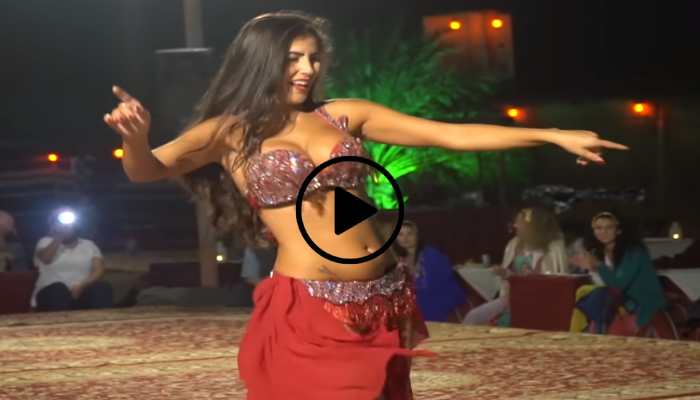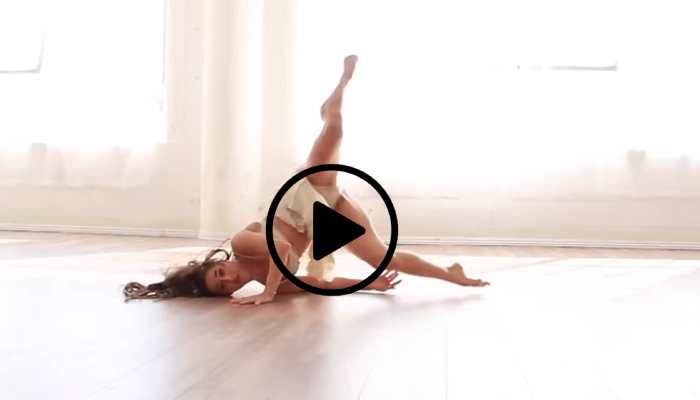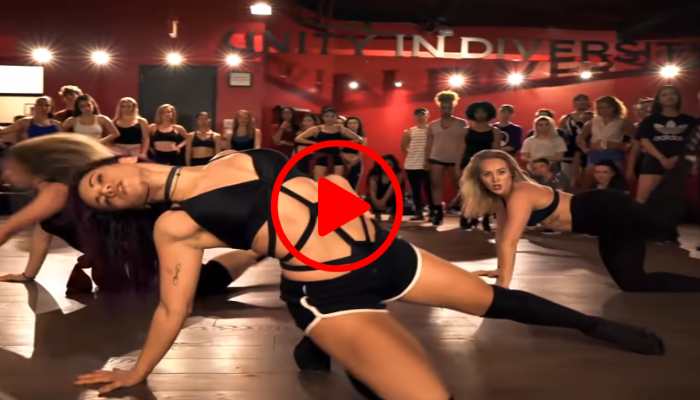What Is the Purpose and Cultural Significance of Belly Dancing?
Belly dancing, also known as Raqs Sharqi, presents a mesmerizing fusion of fluid torso movements, intricate hand gestures, and graceful hip motions. Originating from cultural roots stretching across the Middle East and North Africa over millennia, this dance transcends mere entertainment, carrying profound meanings that extend far beyond its physicality.
A Beacon of Empowerment and Femininity
At its core, belly dancing embodies female empowerment and liberation. It serves as a means for women to confront patriarchal norms that seek to suppress their bodies and expressions. It provides a space for celebrating femininity standing as a subtle resistance against oppression. However, the perception of belly dancing is multifaceted—revered as a sacred art form in some cultures while facing criticism as scandalous or immoral in others. This duality mirrors the complex societal attitudes towards femininity and the ongoing struggle for women’s rights.
Evolution and Adaptation to Cultural Shifts
The evolution of belly dancing reflects its capacity to adapt to evolving societal norms. From its origins as a solo performance to its transformation into a grand spectacle with musical accompaniments and opulent costumes, this dance form continues to evolve in tandem with cultural attitudes.
Symbolism and Metaphorical Expressions
Belly dancing is rich with metaphors, where each movement symbolizes deep emotions and experiences. For instance, the undulating hips may represent life’s ebbs and flows, while the flowing arm movements might signify the fluidity of water. The dance personifies movements, breathing life into the portrayal—hips embody sensuality, arms signify fluidity, and hands symbolize expressive elements.
Read Also – Is Kizomba Considered a Romantic Dance?
The Artistic Embellishment
Artistic exaggeration elevates the beauty and grace of belly dancing, often revered as the dance of goddesses, embodying the pinnacle of sensuality and the feminine spirit. The repetitive drumbeats create an entrancing rhythm, inducing a trance-like state for both the dancer and the audience, forging a deeper spiritual connection.
Read Also – What Are the Fundamental Components of a Belly Dance Costume?
The Aesthetic Appeal and Sensuality
The glimmering fabrics and ornate jewelry in belly dancing evoke the imagery of fluidity and sensuality, capturing the essence of the feminine spirit and the elegance of the human form. The swaying hip scarf further accentuates the musical elements, amplifying the entrancing sounds and rhythms. The dance experience often evokes organic and intuitive qualities akin to nature, likening the fluid hip movements to the gentle sway of the ocean, intensifying its captivating effect.
In essence, belly dancing transcends the mere execution of movements; it symbolizes empowerment, celebrates femininity, and offers a canvas for artistic expression, interwoven with layers of symbolism and profound depth within its captivating rhythms and graceful motions.
Read Also – What Makes Bachata Dance So Unique and Special?

Pulkeet Gupta is a dedicated content writer specializing in the field of education and entertainment niche. With a passion for learning and a keen interest in sharing knowledge, Pulkeet has established himself as a prominent figure in the education and entertainment writing community.






